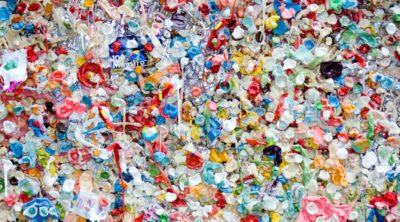
Generations to come may never see the glaciers of Mount Kilimanjaro unless we keep some photos of them. We can harp about climate change, worry about global warming, and have high profile debates on ozone depletion, but these will solve nothing. While we are at it though, we can make a list of all the things we have lost and will be losing soon to this global problem. I add one more thing to the list―the glaciers of Mount Kilimanjaro.
Today, the best source of income for the poorest of world economies, Tanzania (Africa), may not be there tomorrow. The famed ice glaciers of Mount Kilimanjaro are disappearing at a more alarming rate than initially predicted. The problem is not just the global climate change towards rising temperatures, but also shrinking forests due to massive deforestation. This crown of Africa is suffering today, and its ecosystem is on a one way course to disaster, all because humans have failed to solve long-standing environmental issues. It seems that the silent mount has borne its fair share of sorrow, and is now just about to give up on us.
Lonnie Thompson, a glaciologist from the Byrd Polar Research Center of the Ohio State University, and his colleagues, have released a grim report about these glaciers. Their research compilation on the ‘Proceedings of the National Academy of Sciences’ reveals that the ice melting on Kilimanjaro has exponentially increased in recent decades. The ice-covered area on the mount has dropped at a percentage of 2.4% per year between 1989 and 2007, an unbelievable figure considering that it was 1.1% between 1953 and 1989. The problem does not stop with the receding ice on the mount; what makes the situation even worse is that the remaining ice has thinned considerably. The researchers conclude their report by making a shocking estimate―that at the current rate, mount Kilimanjaro will no longer be what it is today by as soon as 2022.
Though the 7-year study specifically points at rising global temperatures and reduced snowfall on the mount as the culprits, deforestation is something many have clinically overlooked. Unless some concrete steps are taken to stop all environmental problems (such as global warming) facing the world today, most good things will disappear from here, forever!
People are still not taking this issue seriously because the melting glaciers on Mount Kilimanjaro make little difference to those that live around it. They do not depend on the melted water from this dormant volcano for their needs in farming. Yet, one can only imagine all the probable outcomes that can come off this melting scenario. Doug Hardy, a senior research fellow in the Climate Systems Research Center at the University of Massachusetts claims, “The shrinkage and ultimate disappearance of these glaciers will create tremendous ecological and social problems in the near future.” These ominous words can be supplemented with information from Tanzania’s economics. Kilimanjaro, being a world tourist attraction, is a very big revenue-generator for Tanzania. The Overseas Development Institute claims that about 35 to 40 thousand tourists visit the mount each year, with a total spending of about $50 million in the country. One can only imagine what will happen to Tanzania once its great protector, Mount Kilimanjaro, is no more.

